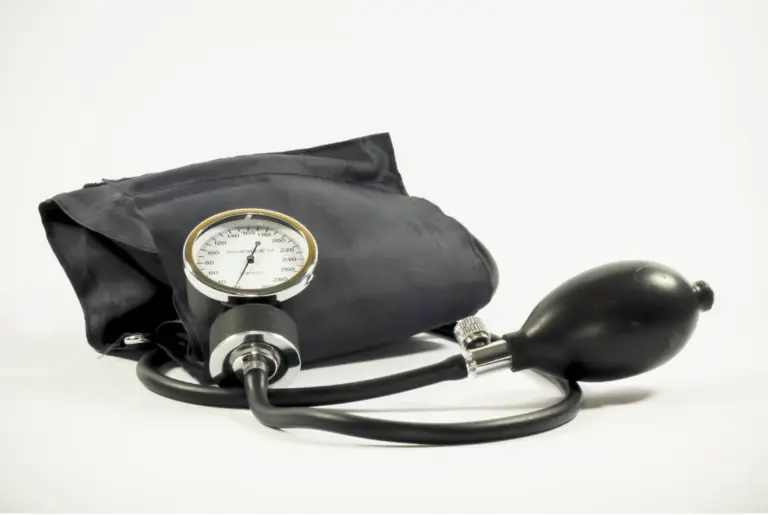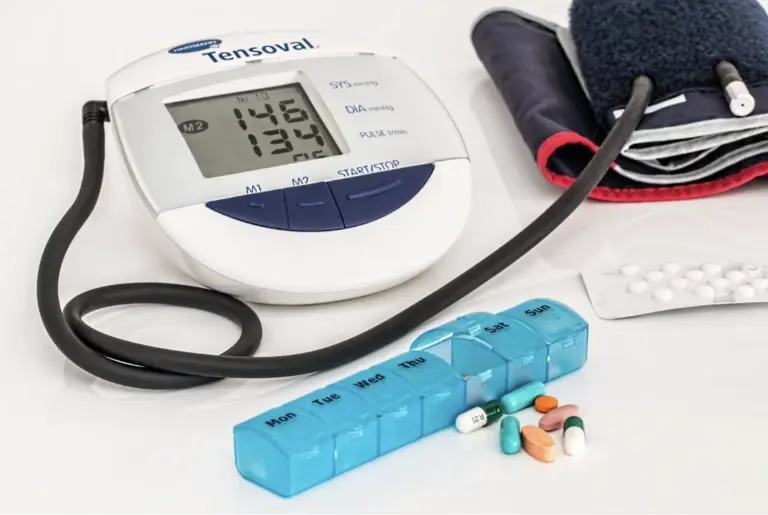Blood pressure is the pressure that is exerted by the blood on the arteries due to the contraction and relaxation of the heart. This is normal blood pressure, but when this pressure increases to abnormal levels and stays high for a long period of time then that condition is described as high blood pressure or hypertension.
Blood Pressure Measurement:
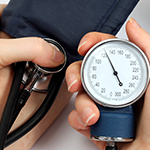
Blood pressure is measured in millimeters of mercury or mm Hg. Earlier, mercury was used in pressure gauges for this purpose. It is still used as the standard unit of measurement for pressure in the healthcare industry.
Blood Pressure Numbers:
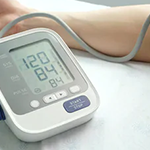
Blood pressure readings have two numbers
1. The first/upper number is systolic blood pressure which indicates how much pressure blood exerts against the artery walls when the heart beats.
2. The second/lower number is diastolic blood pressure which indicates how much pressure blood exerts against the artery walls while the heart is resting between beats.
Generally, the normal systolic pressure is below 120 mm Hg. If that blood pressure reading is 130 mm Hg or more then it indicates high blood pressure or hypertension.
Is Systolic Blood Pressure More Important Than Diastolic Blood Pressure?

Not really, in order to keep BP at normal level, it is necessary that both blood pressure numbers are in the normal range.
An elevated diastolic blood pressure puts the person at a more-than-average risk of developing elevated systolic blood pressure as they age. Also, any increase in the diastolic blood pressure reading, no matter how small, significantly increases the risk of cardiovascular diseases.
But still, if the doctor is more concerned about the systolic blood pressure reading, it is because an elevated systolic blood pressure is considered a major risk for developing cardiovascular diseases, especially in people over the age of 50. As people age, their large arteries stiffen, there is a long term plaque buildup and also there are more chances of having cardiovascular issues.
But mostly, doctors may take either an elevated systolic or an elevated diastolic blood pressure reading to diagnose high blood pressure. According to recent studies, the risk of death from ischemic heart disease and stroke doubles with every 20 mm Hg systolic or 10 mm Hg diastolic increase among people from age 40 to 89.
Blood Pressure Categories And What Each Means:
- Systolic Is Less Than 120 mm Hg And Diastolic Is Less Than 80 mm Hg – This is good news! This reading means that the blood pressure is in the normal range. To ensure that the BP remains in the normal range stick with heart-healthy habits like following a balanced diet and getting regular exercise.
- Systolic Is Between 120 – 129 mm Hg And Diastolic Is Less Than 80 mm Hg – Although these blood pressure levels mean that the person doesn’t have high blood pressure, they are in an elevated category which means that they are more likely to develop high blood pressure in the future unless it is controlled. Start by altering the lifestyle to a healthier one including high fiber, low sodium diet foods, exercise, weight management, quitting smoking, limiting alcohol intake, etc.
- Systolic Is Between 130 – 139 mm Hg Or Diastolic Is Between 80 – 89 mm Hg – These blood pressure readings mean that the person is in the first stage of hypertension. At this stage of high blood pressure, doctors are likely to prescribe lifestyle changes and may consider adding blood pressure medication based on the patient’s risk of atherosclerotic cardiovascular disease (ASCVD), such as heart attack or stroke.
- Systolic Is 140 mm Hg Or Higher Or Diastolic Is 90 mm Hg Or Higher – These blood pressure levels indicate stage 2 hypertension. At this stage of high blood pressure, doctors are likely to prescribe a combination of blood pressure medications and lifestyle changes.
- Systolic Is Higher Than 180 mm Hg And/Or Diastolic Is Higher Than 120 mm Hg – This category of blood pressure is called the hypertensive crisis category and requires immediate attention. If the numbers suddenly spike to or above 180/120 mm Hg, from where they usually are, it is recommended to wait five minutes and test the blood pressure again. If it remains high, contact the doctor immediately as the patient could be experiencing a hypertensive crisis.
If the blood pressure is higher than 180/120 mm Hg and the patient experiences chest pain, shortness of breath, back pain, numbness/weakness, change in vision or difficulty speaking, it could be a sign of organ damage, and without waiting for the blood pressure to come down on its own, the patient should seek medical help immediately.
*A diagnosis of high blood pressure (and low as well) must be confirmed with a medical professional.
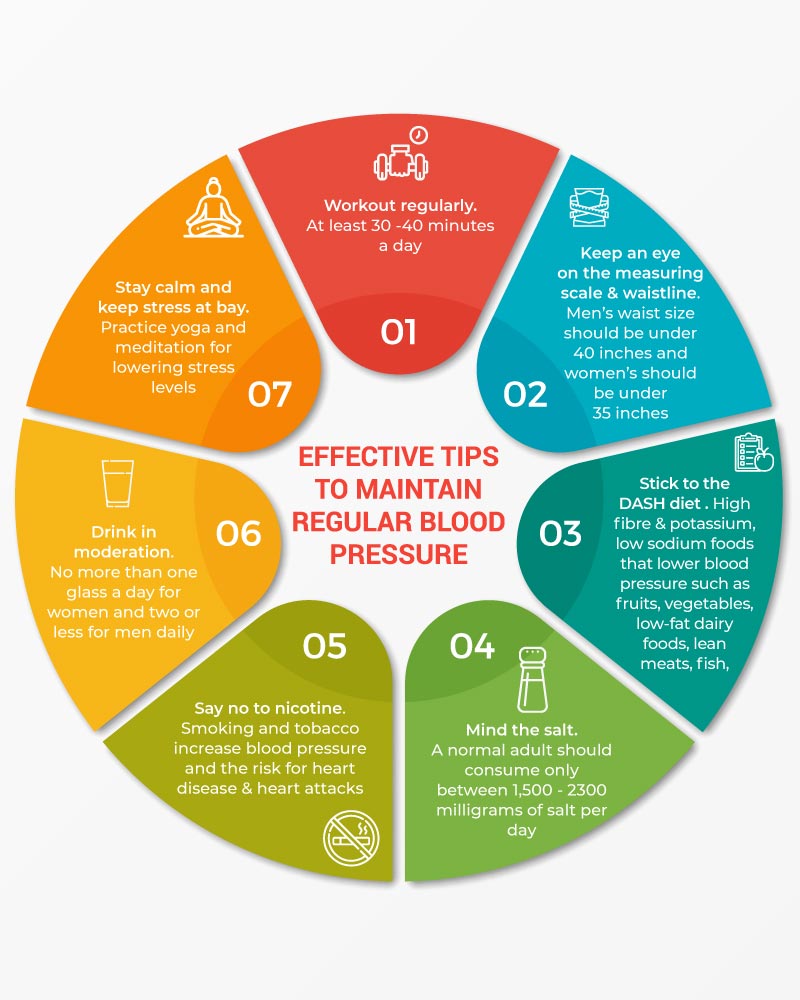
Note of caution: This article is for information purposes only. Always consult your doctor in case of any blood pressure or other health-related problems.
Disclaimer
The information contained in this article is to educate, spread awareness in relation to hypertension and other diseases to the public at large. The contents of this article are created and developed by BPinControl.in through its authors, which has necessary, authorisations, license, approvals, permits etc to allow usage of this articles on The Website. The views and opinions expressed in this article are views, opinions of the respective authors and are independently endorsed by doctors. Although great care has been taken in compiling and checking the information in this article, The Website shall not be responsible, or in any way liable for any errors, omissions or inaccuracies in this article whether arising from negligence or otherwise, or for any consequences arising therefrom. The content of this article is not a substitute for any medical advice. The Website shall not be held responsible or liable for any consequence arising out of reliance on the information provided in the article.

